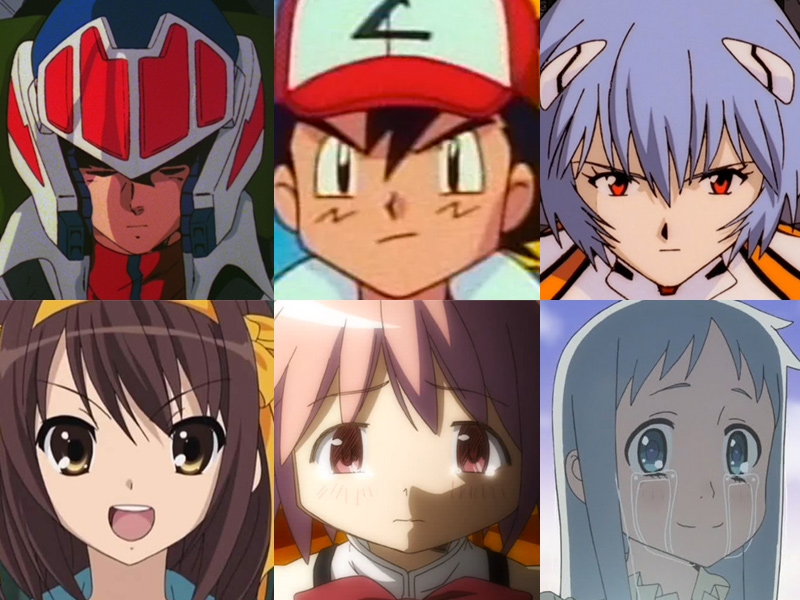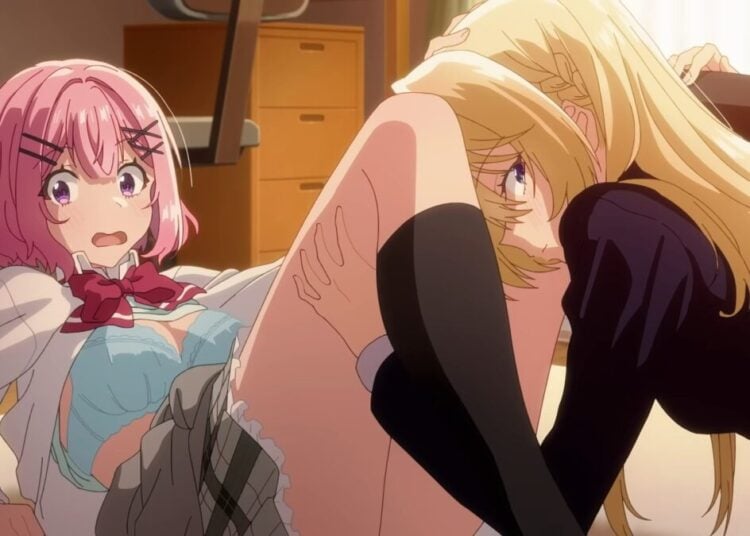
Like all things, the anime industry has changed a lot over the past forty years, the period that can be considered the modern era (dating back to the original Gundam). There have been many major shifts in the industry since that time: moving from hand-painted cels to digital coloring, learning to produce anime outside of Japan, and dealing with the bursting of the 2006 anime DVD licensing bubble. Today anime is more popular than ever, with more than 100 new and continuing offerings produced for fans every season. While having more anime than we could ever watch sounds great, in reality, it makes it harder for all anime studios to make a meaningful mark with fans, as the “the Long Tail of Anime” disappears.
It’s an issue that’s been pointed by Red Letter Media, the strange-but-genius guys who do those ridiculously long reviews of Star Wars and other films on YouTube. Basically, as the number of movies, animated series, books, comics, games, and underground fandoms continues to explode, it’s harder for creators to get the attention of fans.
In Hollywood, this leads to endless prequels, sequels, and reboots because studios know it’s super hard to grab viewers’ attention for long enough for them to become fans of a new property. In anime, it usually means that 80% or more of series fail to make a splash, receive any figures, or even be remembered seriously by fans once the single season is finished.
It wasn’t always this way. When Star Wars came out in 1977, there was nothing like it, and it played in theatres for 18 months despite only a planned two-week run. And when Evangelion was fresh and new, it also had no competition, and J-List had time to leisurely prepare for its popularity to rise, stocking toys and doujinshi so that they’d be ready when the popularity wave hit internationally in 1-2 years. Now that there are three idol shows, four isekai series, six romantic comedies, and a yuri show every season, it’s harder than ever for a given property to stand out, and most shows fade away all too quickly.
What can studios do to try to ensure their anime property receives proper attention? Here are some ideas I’ve come up with.
- One thing I’ve observed is that 1-cour (12-13 episode) series are generally forgotten much more quickly than 2-cour (24-25 episode) shows. Gate or The Pet Girl of Sakura-sou took the time to tell a proper story that would last longer in the minds of fans compared with Kotoura-san or Love and Lies, which were forgotten pretty quickly.
- A single season of anime can leave a lasting impression on fans…if it makes them cry like babies. Will any of us ever forget AnoHana, Madoka Magica, Angel Beats!, Air or Plastic Memories?
- Sometimes an anime studio making a bold move can get fans’ attention, by pre-announcing a second season while the first one is still running, or showing its support for the material in other ways. I was impressed when a figure of Hikari from Interviews with Monster Girls appeared before the show had even started airing and fans had shown whether they’d support the series with Blu-ray purchases. The boldness of the studio got me to watch the series…and it became one of my all-time favorites.
- Getting the right mix of fanservice can be important. Having too much T&A in a serious anime, or stripping all sexual tension or visual elements out of a show that could do with a little, are both dangerous.
- Anime with 3-minute run times have an uphill battle finding “stickiness” with fans. Only a few have pulled it off, like Oshiete! Galko-san. Shows with longer runtimes, 10-12 minutes, fare a little better.
- Personally, I’d rather watch a good anime with great writing than a story with a less well-structured story but a huge budget. That said, sometimes studios spend so much making a fabulous series, it’d be a shame to not watch. The recent Fate/stay night remake and Fate/Apocrypha fall into this category.
- The ultimate goal of a studio is to stretch its “active fandom” period for as long as it can, and the show that did this best, to my mind, was The Familiar of Zero. Over four seasons spanning six years, the series maintained fans’ interest, selling dozens and dozens of awesome figures, making the project a huge success.
In the end, I believe fans want fewer quality shows instead of a higher number of mediocre ones and will support great shows financially. I hope that, as the industry evolves in future years, they can get some kind of “quality filter” in place for the betterment of the entire anime industry.
What do you think makes a memorable anime series? Or a forgettable one? Tell us on Twitter!
J-List has restocked our popular ero products, just in time for the soon-to-be-ending ero toy sale taking place all month. Why not browse and buy some of these great new products, which really take the edge off when you need it.




![Sawaranaide Kotesashi Kun Episode 12 [END] Featured Image](https://blog.jlist.com/wp-content/uploads/2025/12/Sawaranaide-Kotesashi-kun-Episode-12-END-Featured-Image-750x536.jpg)










